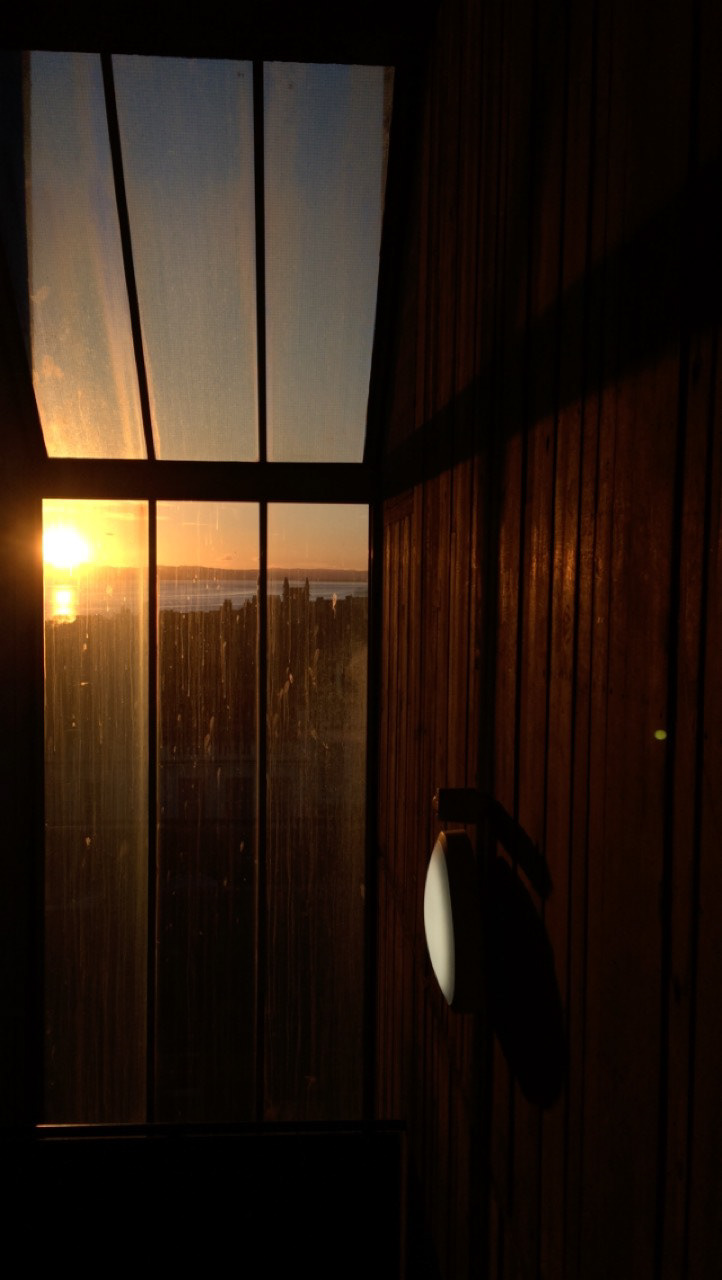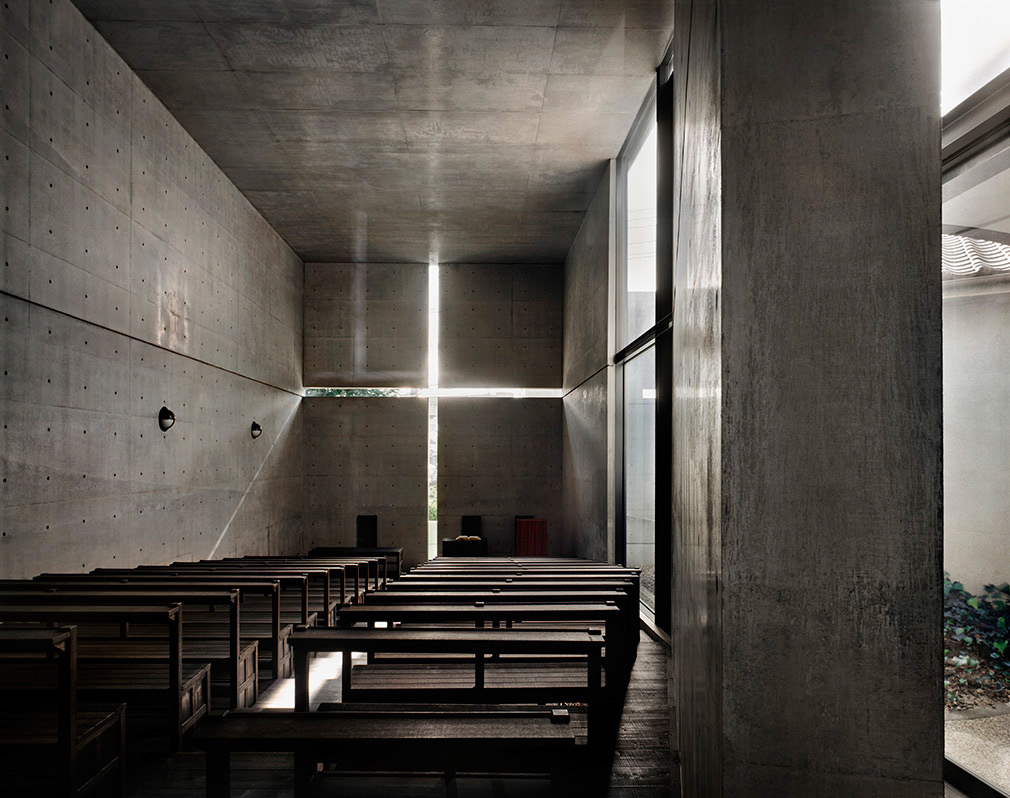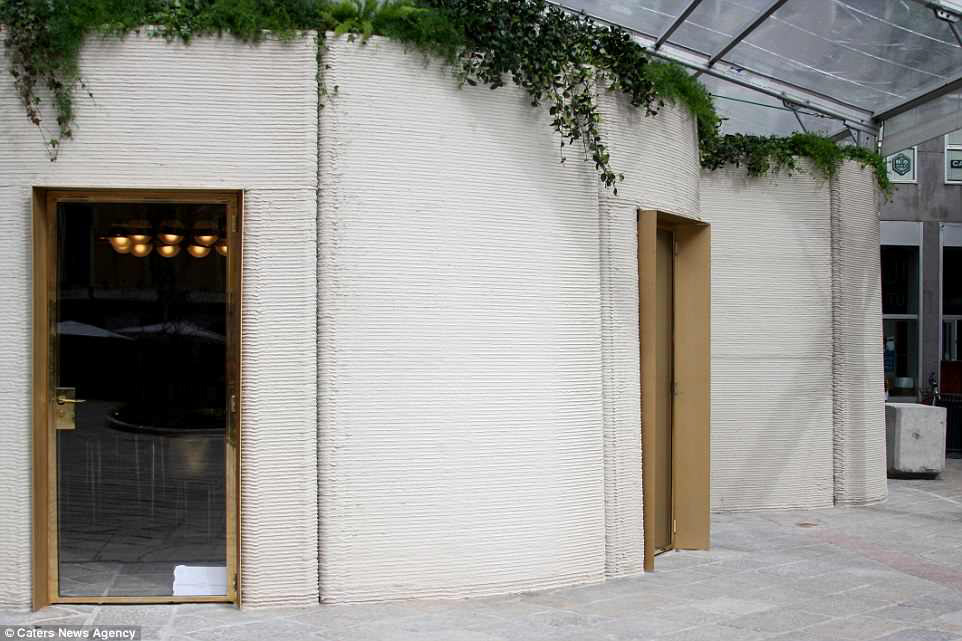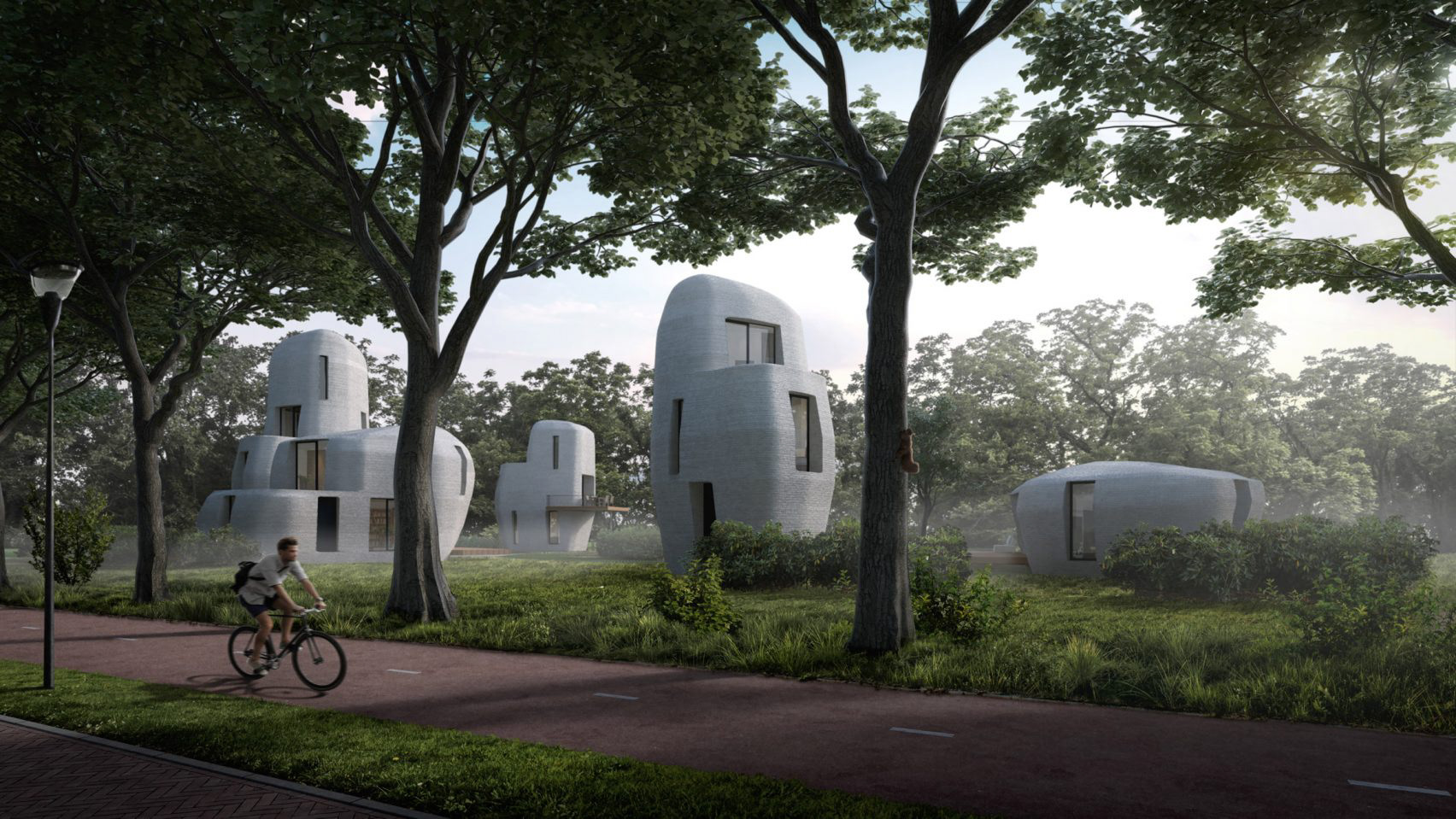



When the word concrete is mentioned. Most people’s minds jump to the brutalist architectural movement which was prominent between the 1950’s to 1970’s when the design world was focused on nuclear, futuristic design which frequently inhumane and cold. It is a style that is still prominent in many British cities post domination and even haunts Duncan of Jordanstone College of art and design (where I am currently studying), with its timber cast patterns enveloping most of the building. But look a little closer and you’ll see that concrete isn’t quite as harsh a material as it first seems.
Known as “the king of concrete”, Tadao Ando is undeniably an architect who knows how to take concrete in its simplest form and by combining it with (for example) space or light, manages to make it something extraordinary. The 1989, church of the light chapel located in Osaka is the prime example of Ando getting this spot on. He carefully balanced light and shadow through an intersecting box and wrap around wall which guides the user in. A uniform crucifix carves into the form creating a stream of light which pierces into the space. In all my works, light is an important controlling factor. “I create enclosed spaces mainly by means of thick concrete walls. The primary reason is to create a place for the individual, a zone for oneself within society.” Ando says in reference to the church. The use of concrete and lack of ornamentation in this space means that space and light take centre stage in this design, creating such a stunningly simple but sacred, spiritual space.
With technology evolving at a rate that is faster than anyone could have predicted though, it is a fascinating time to be a designer willing to experiment with concrete with new variations, developments and applications cropping up at a faster rate than ever before. We can now create stronger concrete (grancrete), more sustainable concrete (hempcrete), we can apply colour and pattern (graphic concrete) and even produce translucent light emitting concrete using optical fibres.
A technology which is still fairly new but is catching the imagination of designers everywhere is 3D printing in concrete. This means we can create forms thought to be impossible to cast in the past and opening a Pandora’s box of design possibilities. Special quick drying mortar means that a small home can be printed by a robot in as little at 48 hours, significantly faster than the four weeks it usually takes to cure concrete. This means that not only can new, more organic forms be made, but buildings can be constructed in more extreme environments and with a smaller environmental footprint than regular concrete due to a sped-up process. "3D-printing of concrete is a potential game changer in the building industry, besides the ability to construct almost any shape, it also enables architects to design very fine concrete structures. Another important advantage is sustainability, as much less concrete is needed and hence much less cement, which reduces the CO2 emissions originating from cement production" says Theo Salet, a Dutch researcher. With firms such as CLS Architetti premiering the world’s first 3D printed house at Milan design week in 2018, the technique is still very fresh and yet to seep into construction. But Eindhoven and other design firms won’t let that stop them with plans already in place to produce 5 3D printed housing units for the Dutch university which resemble large stones, the first set to be completed in 2019.
My hope for the future of concrete is that we continue to push the boundaries of this incredibly diverse material but in a respectful and responsible manner. Technology means we are now able to facilitate some of our most inconceivable designs and make them into reality. But in doing so we must also consider the environmental effects of these choices, and use concrete in an elegant and reasonable way, taking inspiration from designers such as Tadao Ando, creating beautiful spaces, but not by the use of concrete alone. Bringing a new hope to our concrete jungles.